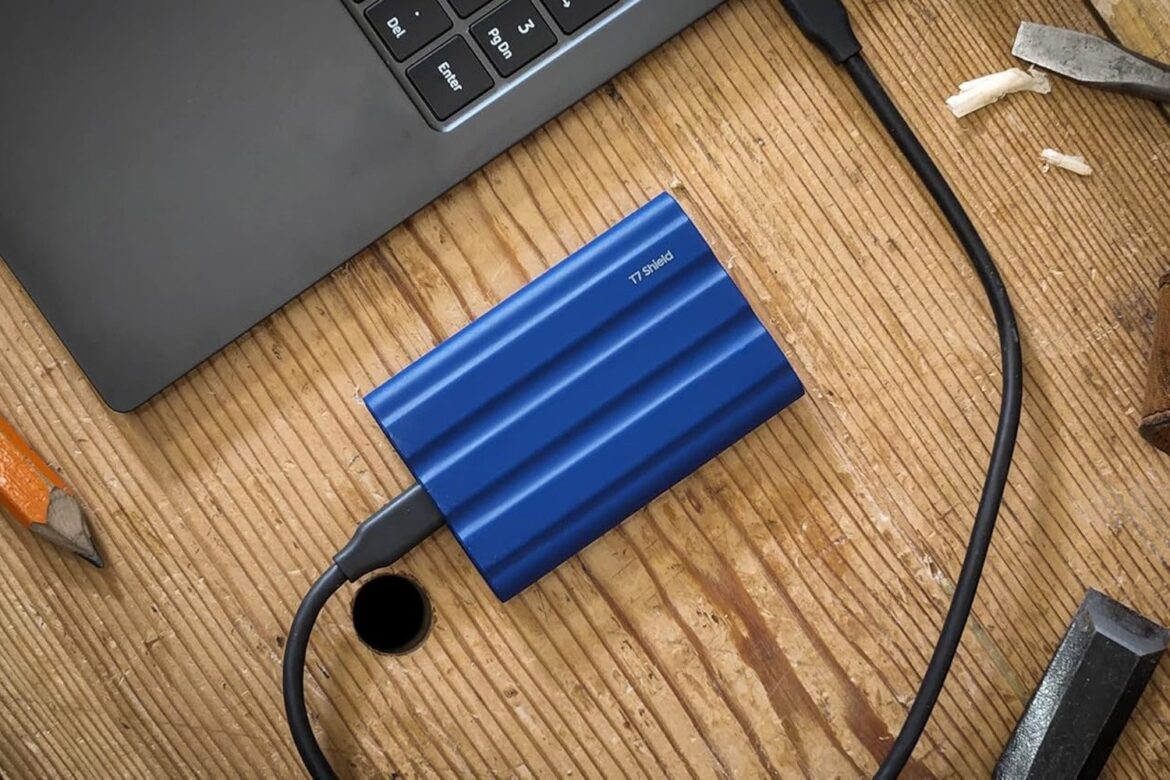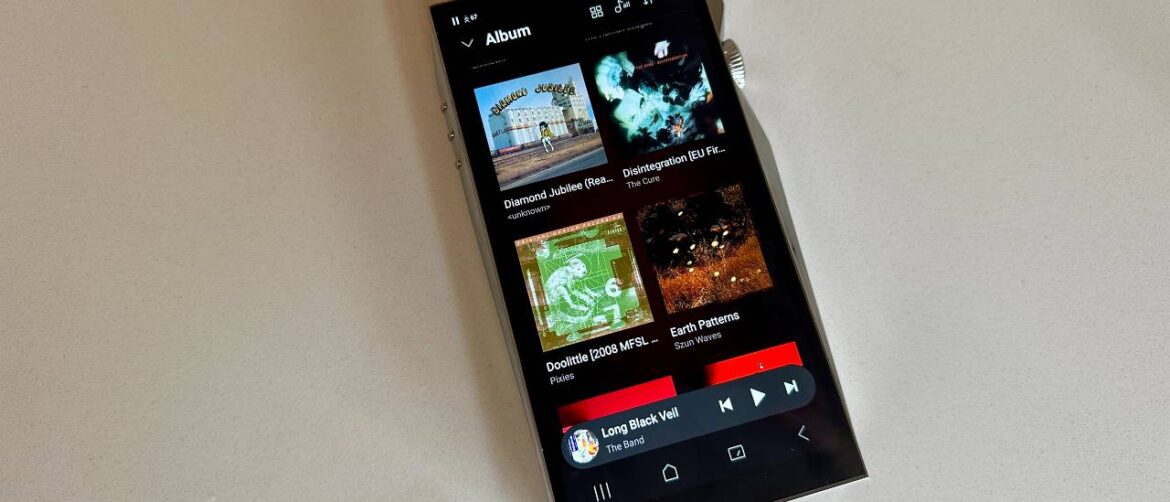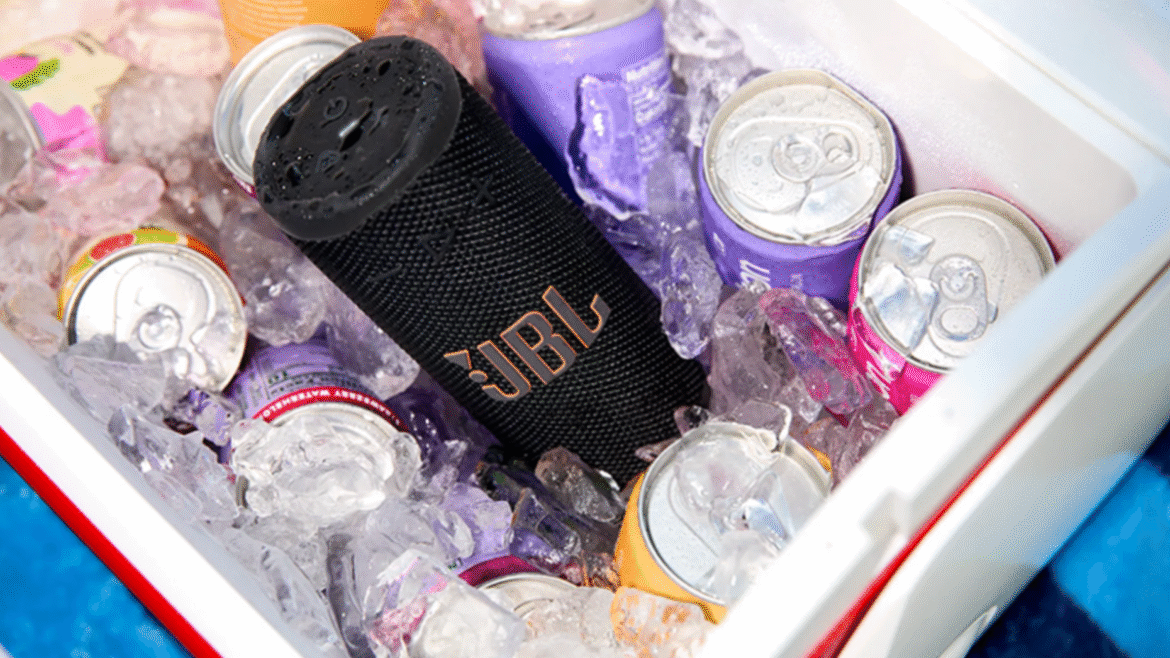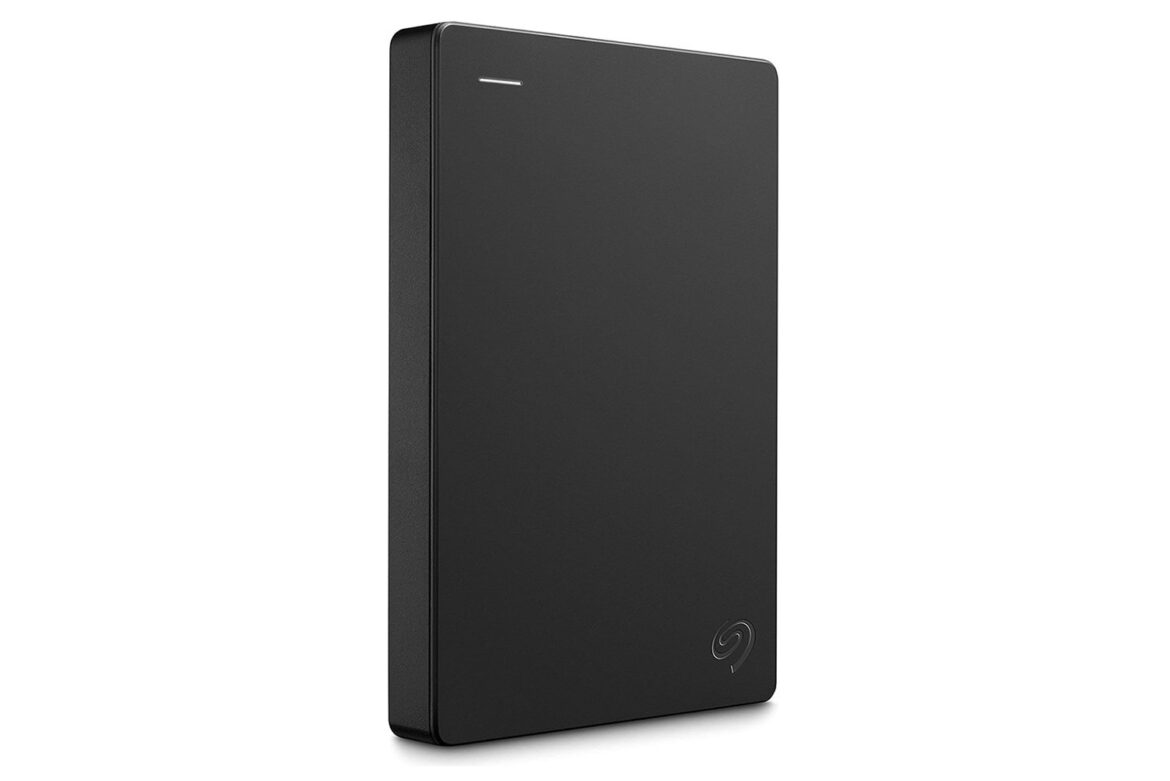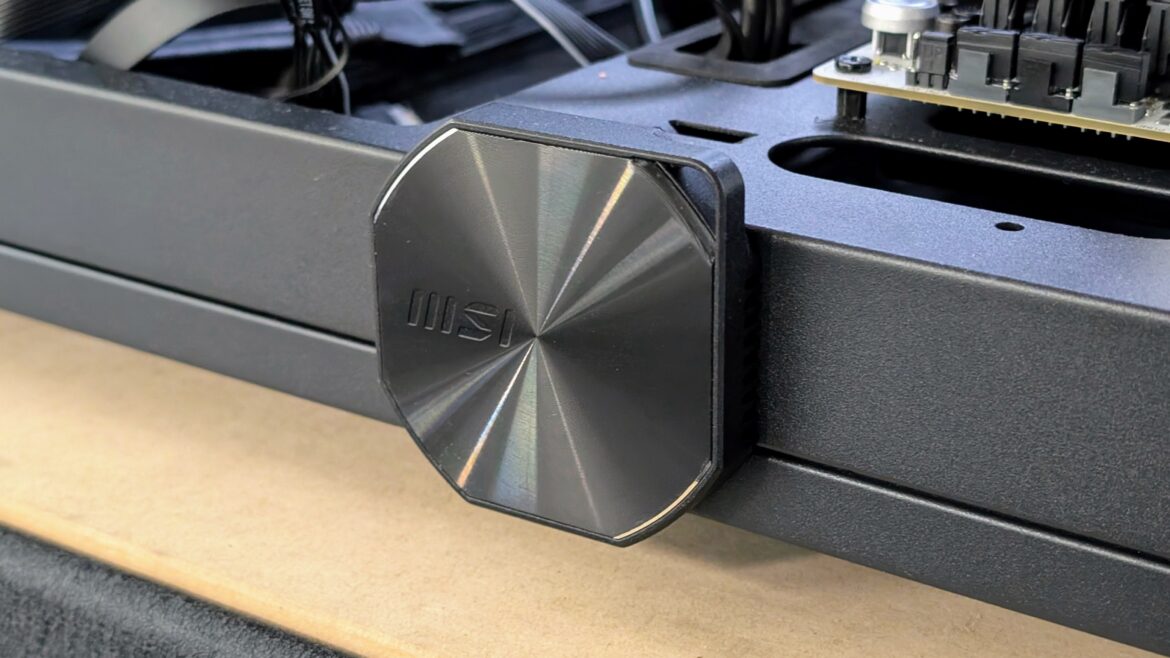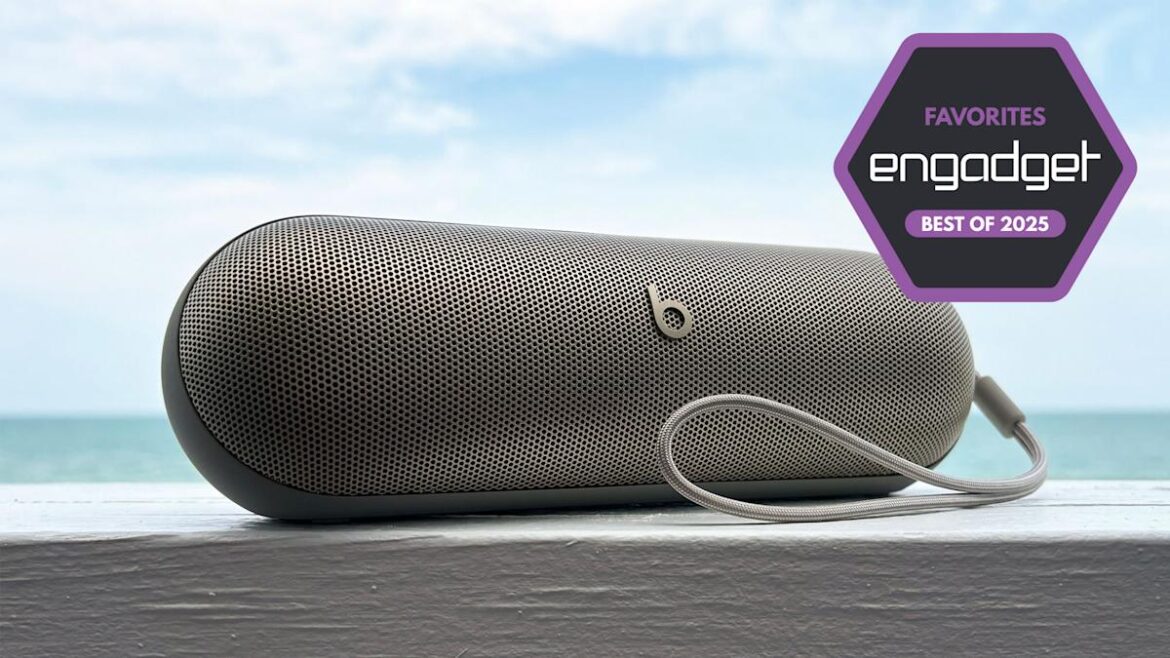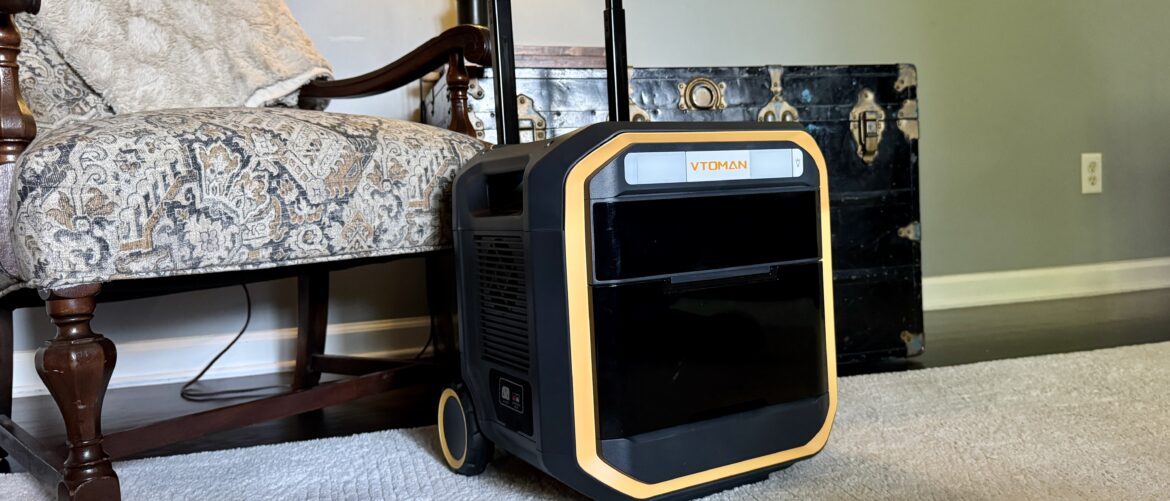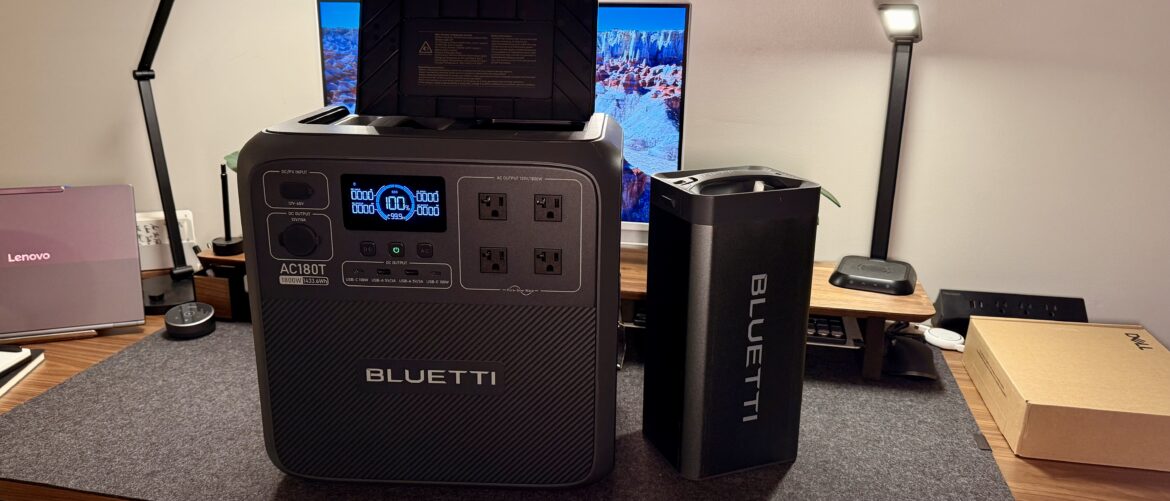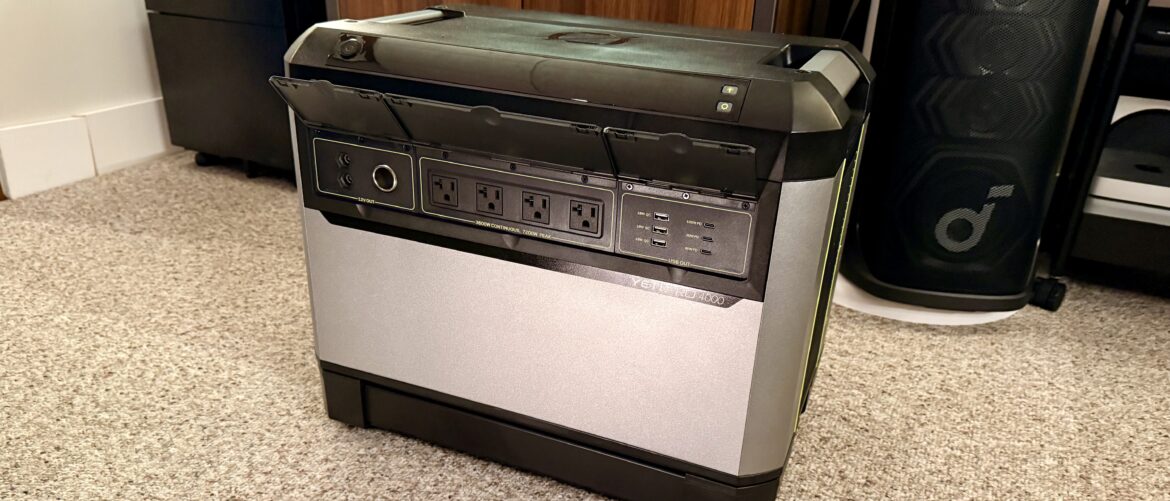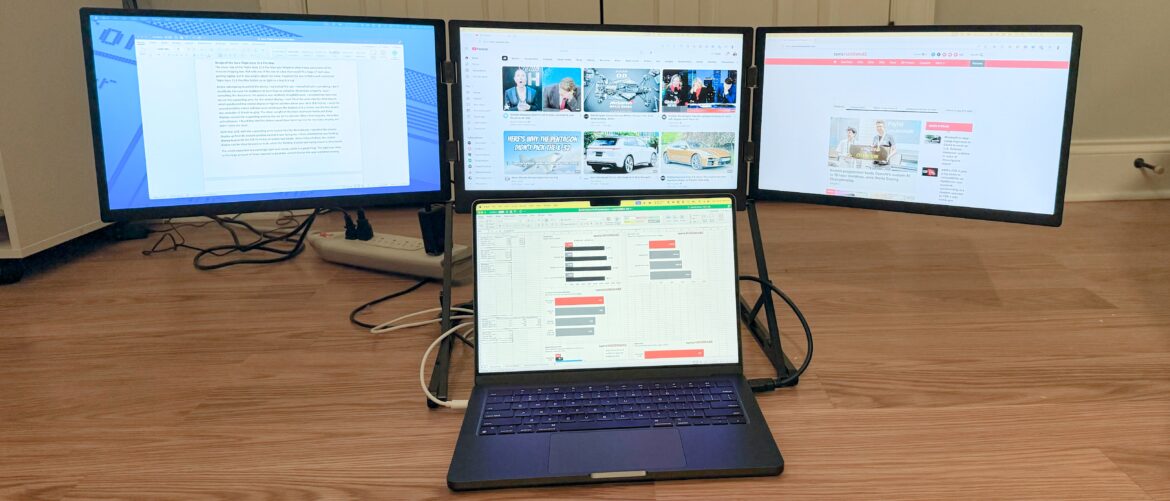You can never have too much storage space. If you’re someone who works with huge files such as a photographer or video editor, you don’t have to be told twice. When a good external drive goes on sale, it’s hard to pass it up. Well, that’s exactly what this is. The Samsung T7 Shield is available at Amazon with three different storage capacities — all off which are discounted by as much as $125. Right now, the 1TB model is down 19% from $135 to just $110, the 2TB model is down 35% from $230 to $150, and the 4TB model is down from $405 to $280.
Creators were front of mind when Samsung developed this external solid state drive. It doesn’t matter if you are a photographer in need to backing up your pictures, a video editor managing a ton of projects and footage, or anyone else dealing with big files all day long — the T7 Shield can keep up with you. This SSD has fast read and write speeds. You’re getting up to 1,050 MB/s read speeds and up to 1,000 MB/s write speeds. That clocks in two times faster than the T5 from Samsung. It also happens to be nearly 10 times faster than an HDD would be. This means you’ll be able to move files between your work station and external drive quickly and easily.
See at Amazon
For the videographers out there, the Samsung T7 Shield is an especially useful tool for your toolkit. This model lets you record in 4K at 60fps directly onto the drive, using a camera, smartphone, or tablet. It’s even compatible with the iPhone 15 Pro. No need to anxiously delete stuff from your camera roll before you can get the shot.
You have a choice of three different colors with the T7 Shield—pick between either black, beige, or blue. What I love about this is if you need to get multiple, just grab them in different colors. This way at a glance, you’ll quickly be able to remember which one is for what.
Ruggedly Reliable
As the name states, this is the Shield model of Samsung’s T7 SSD. It’s designed with a strong, rubberized exterior wrapped around a solid aluminum body. It’s got an IP65 rating, making it both water and dust resistant and it can even withstand a fall of 9.8 feet. Your data is well protected.
Right now, Amazon has the 1TB, 2TB, and 4TB models of the Samsung T7 Shield on sale for as much as 35% off. Grab one before they go back up.
See at Amazon

